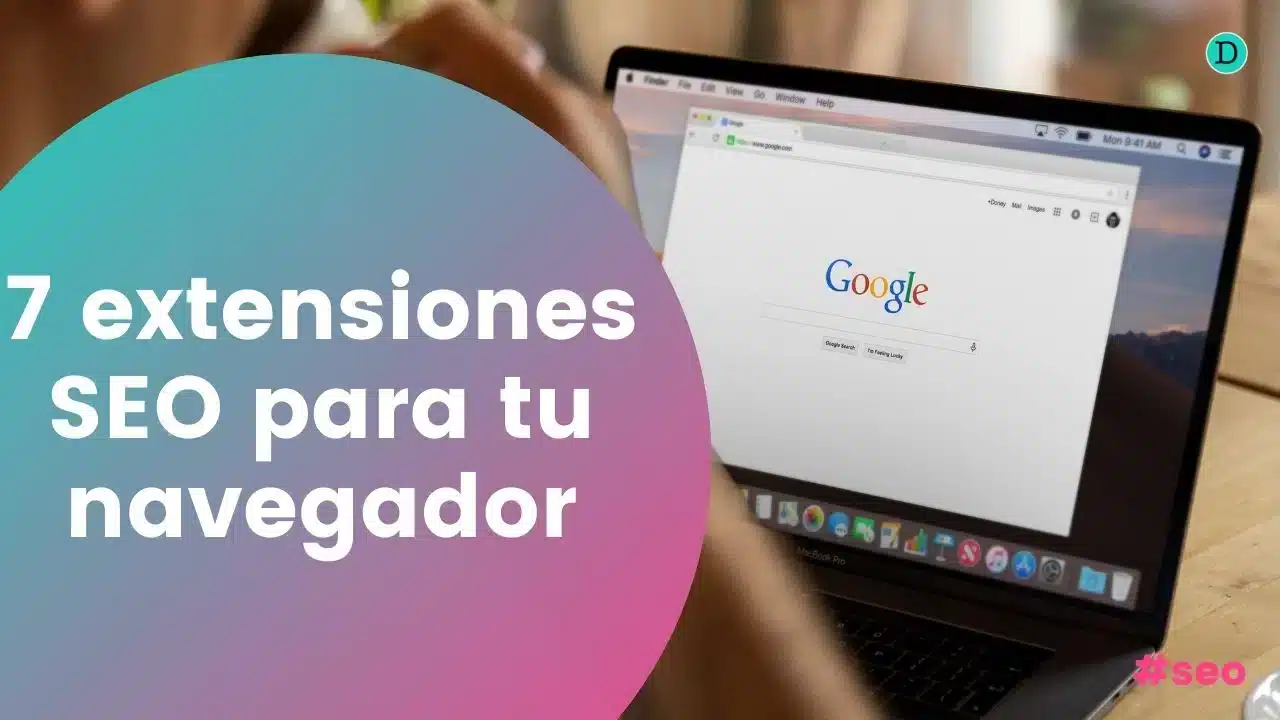Following a few SEO guidelines we can ensure that our content is Googlefriendly. No one can guarantee you a number 1 position in the search engine, first of all because we have no control over what the competition does, but what we can do is create content that is competitive and fights for the top positions.
In this article I am going to give you 10 guidelines to follow when dealing with the text.
Of course, there is much more. The arrival of the Web Core Vitals has given even more importance to the technical section of SEO. If, in addition, we do International SEOThere will be other specific aspects to be taken into account.
But here I am not going to talk about servers, programming languages or sitemaps in different languages. Let's think that the challenge ahead of us is to write an article that ranks. And we are going to follow 10 SEO guidelines to achieve this.
We are talking about SEO contentBut let's not forget to mention that the continent is just as relevant.
1. Position the right words

I dwelt at some length on this aspect in my article on the keyword research. And now I'm doing it again because the key to any SEO article What do we want to achieve? Which people do we want to attract?
When typing for Google, it will be the expression we select that will give us this key. At what point in the process of the SALES FUNNEL Are we targeting? There are a lot of questions to ask before writing, and a strategy needs to be worked out beforehand.
SEO takes time and effort, so not planning your strategy will mean throwing that time, which is also money, down the drain. Your content marketing strategy start by getting yourself known and trusted by the potential customer before moving on to more transactional keywords. Don't forget this when making your keyword selection.
2. Take into account the size of the images.

Images are great allies when it comes to writing a article for Google. You know what the saying goes: a picture is worth a thousand words. So if you add several pictures to your thousand words, the information will be much more complete.
Of course, don't forget to fill in the ALT field and title them correctly. If it is relevant, add a caption to it as well. All of this will enrich the text and make it more complete for Google.
At the same time, it also makes it easier to read for the person coming to your page. Images provide a visual break and make the text appear lighter.
However, using images also has a disadvantage and that is the loading time. It is recommended that the photos do not weigh more than 100 KB so that the loading speed of the page does not suffer.
3. Create an internal link structure

Internal links are one of the greatest allies we have when it comes to linking own content and enriching it. On a practical level, it also means that we don't have to write the same thing again. It is enough to link to the article where we have developed this point.
I always comment that links work like the academic literature. You say something but it is backed up by what you link to. By using internal links you are also strengthening other content on your website, creating related content and ranking it so that the search engine will understand it.
The structure, like the keywords, must be thought out in advance, knowing what you are going to target where and for what purpose.
4. Search for external links

The article does not end when you hit publish. Beyond making updates when needed, it is also necessary to work on the linkbuilding strategy. Getting external links to your content will give it more exposure. authority and it will be as important as the text itself, especially in keywords where there is a lot of SEO competence.
Therefore, it is important that the links that other people give us are also worked. That they use the keyword we need or even that we use them to expand with related keywords.
It is very important that the external links are natural, otherwise Google will penalise us. If you suspect that the links have been bought or if they come from pages that are not related to our content.
Fortunately, with Google Search Console we can ask Google not to take into account those links that we consider toxic, which will also help the positioning. So not only look for external links, but also remove those that do not benefit you.
More: Disavow links to your website
5. Check the loading speed

The loading speed is equally very important. It is simple, we have no patience today. It's not that we don't have patience, it's that we don't need patience.
If a website doesn't give you the result you are looking for immediately, you do pogo sticking and you enter into a different one. And this is reflected in the position we are going to have.
So once you have your article ready, check how long it takes to load. Many of the aspects that slow down the most are probably out of your reach (number of plugins, server, etc... but there may be others that you can optimise).
6. Legible

The readability is also very important for positioning in Google. SEO Tools as the Yoast plugin calculate your readability index and can serve as a guide.
Even so, it is not advisable to take it strictly. For example, if we make a list, as it has no connectors, it may appear unreadable when in fact it is the opposite.
Even so, use short phrases and not making very long paragraphs will help us to position ourselves. It is not advisable to have more than three sentences in a paragraph, as well as introducing multimedia elements, titles and sub-headings to facilitate reading.
On the other hand, it also pays attention to the typography and to the design elements of the website. If it doesn't read well, if it is uncomfortable or if it is tiring for the eyes, your article is not going to work, no matter how well the rest of the elements work.
7. Be useful

Not only do you have to be readable, you also have to be be useful. A SEO article seeks to respond to a intention to search. It seeks to solve a need that a person has.
So don't write for the sake of writing and try to be as helpful as possible. If it's a how-to article or if it answers a specific question, explain the steps or answer the question. And do it at the beginning of the article.
I think it's great that you want to expand your content and explain other related aspects. If they are sufficiently related, Google will love it too. But don't lose focus.
Remember that the user wants to know something and if it takes them a long time to find it, they will leave. Nobody is going to read three thousand words for a simple query. Or a thousand. Start by answering and expand as much as you want.
Thus, whoever finds his answer will leave satisfied (and will not do pogo sticking) and whoever wants to know more will continue to read and improve the dwell time.
8. Use videos

If possible, use videos. We are living in a audiovisual era. Many of the people who consume your content will prefer to see their response on video.
It is also a way of offering related content and will help you to improve the dwell time o time spent on page.
Host the videos in Youtube o Vimeo and you don't have to worry about storing them on your website, as they will simply be embedded. It doesn't have to be your own video, you can use anyone else's video to your advantage.
9. Relevant

This is the same as what I mentioned in my article on how to make a podcast for businessIf what you have to say is not relevant, don't say it. An article has to make a difference compared to the existing ones.
It is difficult when we talk about highly competitive issues but we have to seeking differential value. You have to offer something more. More information, a different approach, more links and related content, simpler or funnier wording?
Make your article, if not better, at least different and more appropriate to a specific audience: the one you are targeting. It sounds easy, but it is not. However, it is the real key that will allow you to organically outperform your competitors. Be better than them. You can.
10. Have fun

I was telling you this when I was talking about Creative SEOcontent is also culture and entertainment. Even if you are explaining how to carry out an administrative procedure or a legal query.
Make your content entertaining and fun. Try different tactics and have fun while doing it.
This may not be objective, but the mood that you have when you write, you pass it on. Inspiration exists and when you're having a good time you're more likely to have that brilliance that will make your content rise above the competition.
And with creativity think that the game is not over. SEO is slow and there are many ways to make it work, with external links, internal links, with updates, with new multimedia, etc... Don't get frustrated if you see that even if you follow the SEO guidelines you are not getting where you expected.
There is another one, which is time, when we talk about evergreen content. Wait, work and let the Google bots and the user experience do their job. And if it doesn't work, try again.





